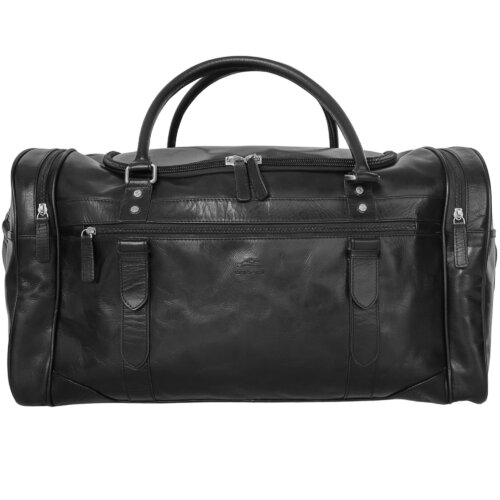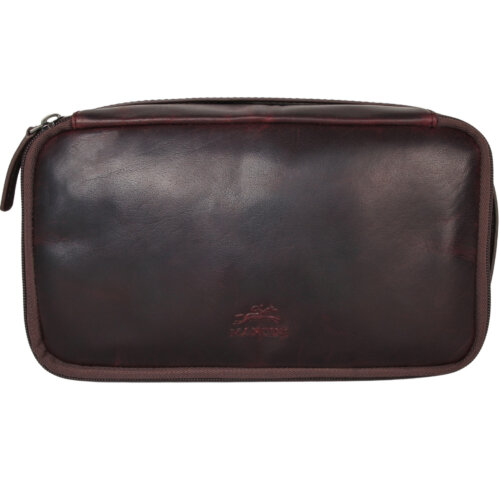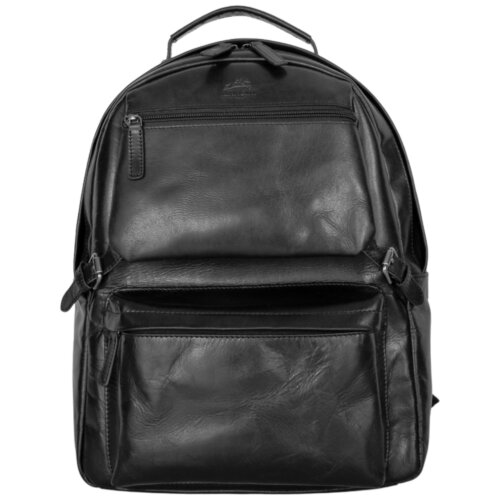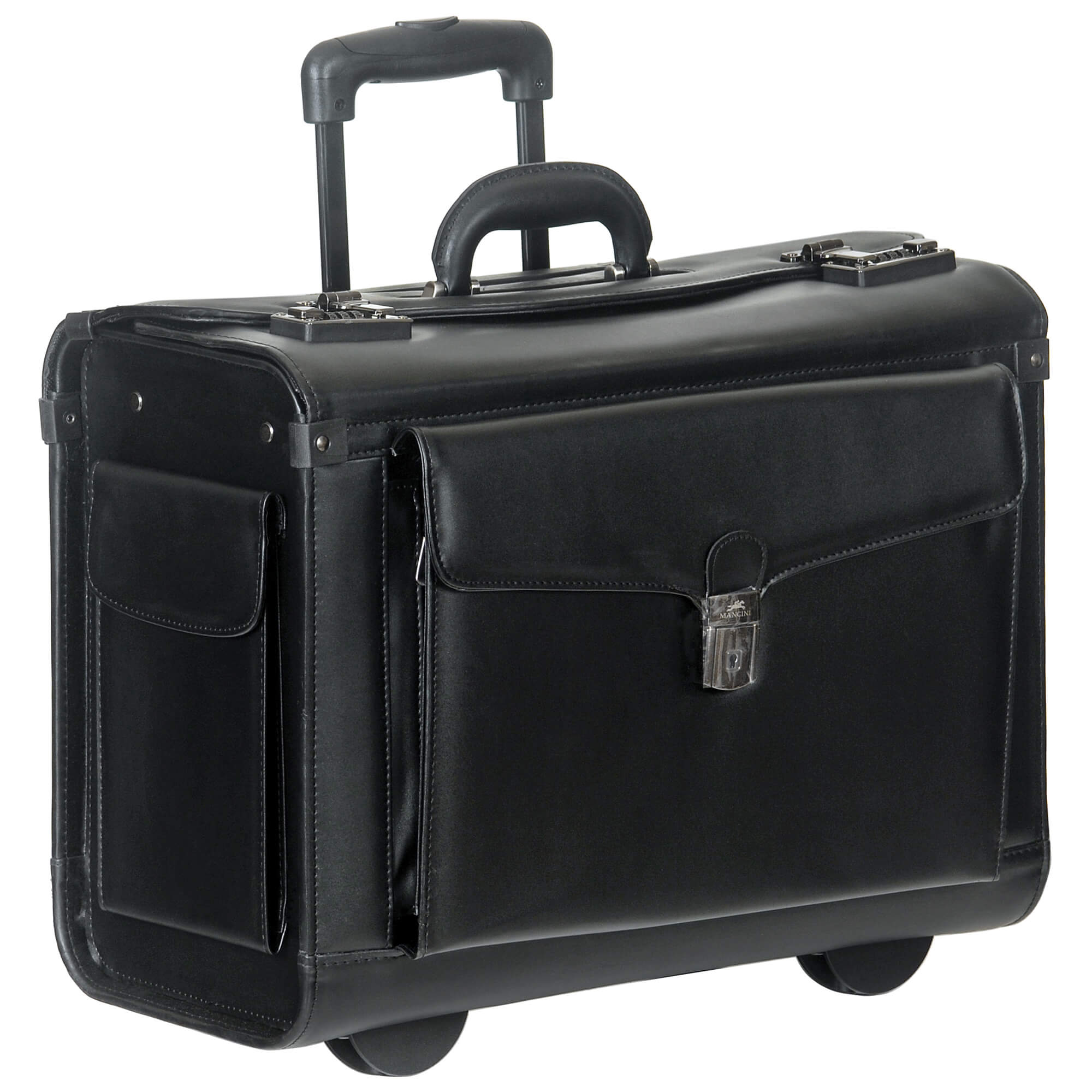Because so much shopping takes place online these days, people don’t get the chance to judge products based on their look and feel as much as they did in the past.
Instead, customers sift through online descriptions and reviews to find the leather products they want, which can become a significant source of confusion. Since there are so many terms used in the world of leather fashion and accessories, we’ve prepared this short guide to help you make sense of all the different materials you might find when shopping for leather.
This way, you can make an informed decision and get the right leather product for your needs.
Bonded Leather
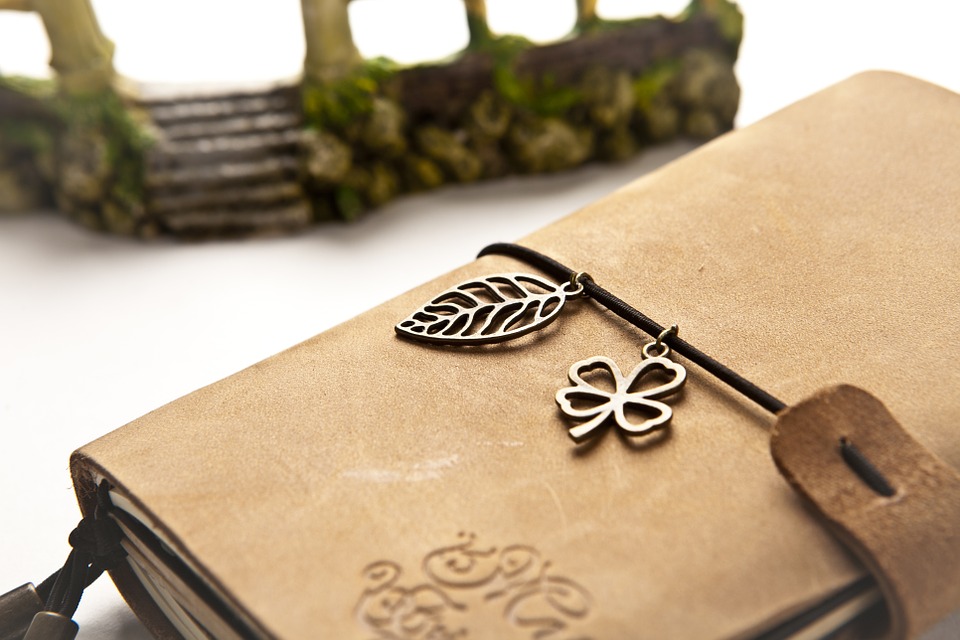
What is Bonded Leather Made Out Of?
Bonded leather is made from a mix of genuine and synthetic leather scraps, along with other fillers, and is held together by polyurethane bonding materials.
During the manufacturing process, the mix of leathers and polyurethane are dyed and spread onto a paper backing, which can then be cut and shaped accordingly to make a variety of products. Some forms of bonded leather also use an outer coating of polyurethane that is embossed so it has a texture similar to real leather.
In general, bonded leather only contains a small percentage of genuine leather. Although some manufacturers deceptively label these products as real leather, bonded leather usually contains less than 20% genuine leather.
Is Bonded Leather Durable?
Bonded leather is not very durable, compared to genuine leather. Bonded leather is used for its affordability, not its durability.
Because it lacks the elasticity of real leather, most bonded leather products only last a few months before they start cracking and peeling. If you are shopping for an item you plan to keep for years, like a leather chair or a genuine leather briefcase, a bonded leather product might be easy on the budget, but you will probably have to replace it sooner than you would like.
When to Choose Bonded Leather
Despite its shortcomings, there are some reasons a person might choose bonded leather.
One advantage is that it is cheaper than leather made exclusively from animal hide. Another reason why bonded leather is so common is because of its versatility. As a compound material, bonded leather can be dyed or printed in just about any color or style imaginable, which is why you can find bonded leather in objects ranging from book covers to office furniture.
Faux Leather
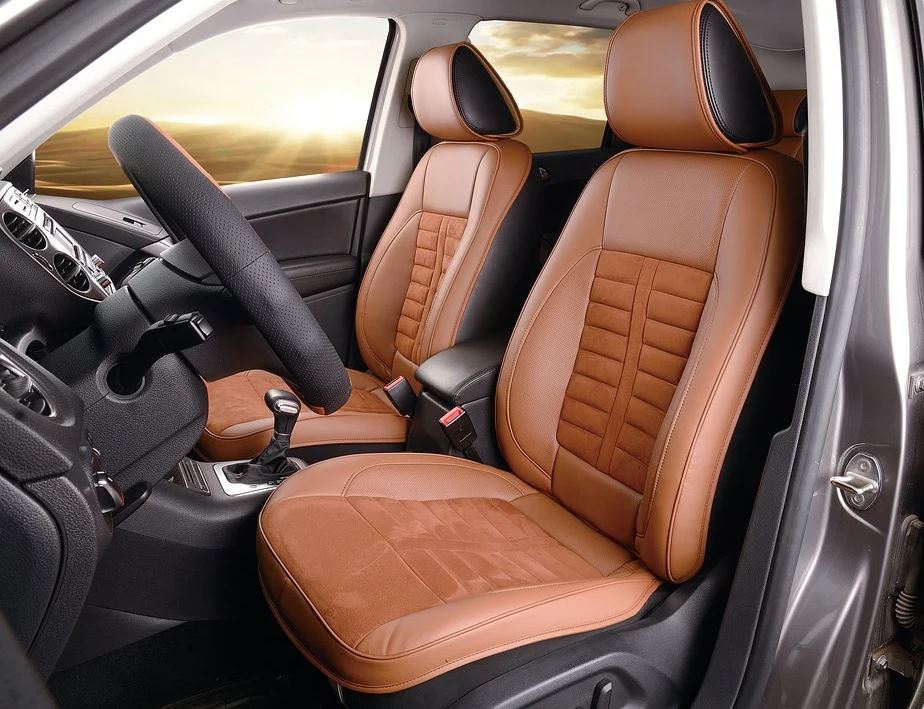
Faux leather is an umbrella term for a variety of synthetic materials that resemble real leather. This family includes polyurethane (PU) leather, polyvinyl chloride (PVC) leather, pleather, and any so-called “vegan leather,” none of which include any real animal hide. Vinyl is also included in this category.
Despite the fact that they do not contain any genuine leather, there do exist high-quality faux leathers on the market. Many consumers opt for faux products because they are more affordable than genuine leather, and because they don’t have the same drawbacks as bonded leather.
Faux leather is usually more durable and less prone to cracking and peeling than bonded leather. That said, even the finest faux leathers don’t measure up to real leather. Faux products do not have the same breathability as genuine leather, and they don’t develop a patina over time.
Genuine Leather: The Real Deal
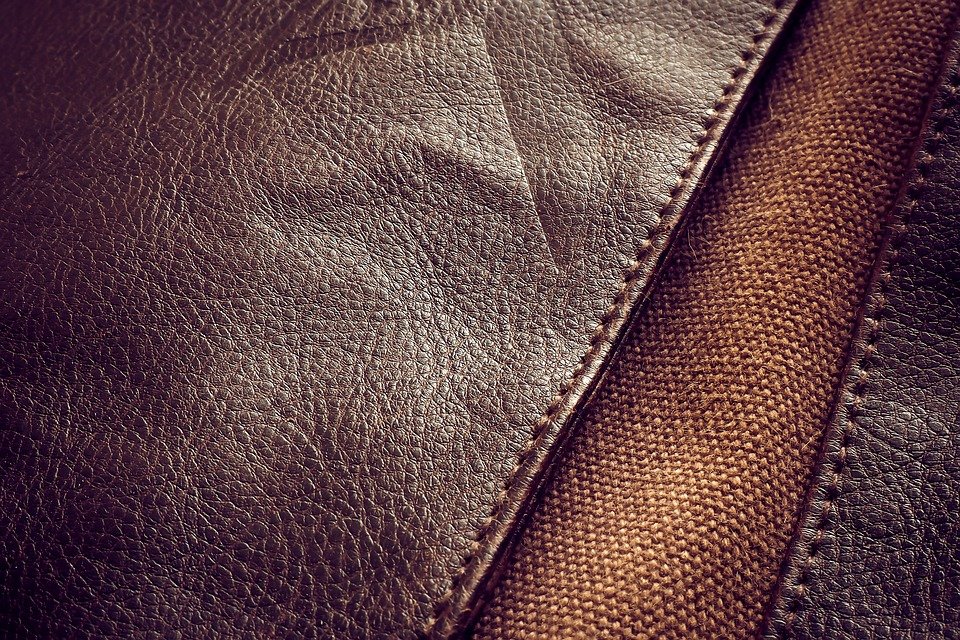
Real leather is only made from animal hides, such as cow, deer, horse or sheep. These skins get turned into leather though a tanning process that removes the moisture from the animal skin and replaces it with a tanning agent. The result is a wide variety of high-quality materials that are highly sought after for items like genuine leather bags, luggage and accessories.
Unlike bonded leather, genuine leather is known for aging well. With time, genuine leather develops a patina, which makes it feel softer and gives it a rich, lustrous appearance.
As a naturally porous material, real leather is more breathable than faux or bonded leather, but it is also far stronger than any imitation material. This combination of properties is why leather in so many applications throughout history.
In more recent times, people continue to gravitate to genuine leather for its luxurious feel and stylish look, which makes it a popular choice for items ranging from a rolling leather laptop bag to a designer sofa.
The Categories of Genuine Leather
In contrast to bonded leather, which is a category in its own right, there are several different types of genuine leather. Genuine leather is divided into various grades depending on its quality.
Full-Grain Leather
This kind of leather sits atop the genuine leather pyramid, as the highest (and most expensive) type available.
It is called “full-grain,” because it uses the layer of animal skin in its entirety to produce the final product. Full-grain leather will include slight imperfections because it does not get buffed or sanded. Thanks to exemplary strength and durability over time, this kind of leather will stand up to heavy use and abuse.
Top-Grain Leather
This type of genuine leather uses the upper layer of the animal hides, but the imperfections are removed by sanding before it is treated and dyed to give it a consistent look.
Nubuck Leather
This type of top grain leather gets a velvety finish by sanding or buffing on the grain side of the animal hides. Unfortunately, nubuck leather scratches easily and does not resist liquids well.
Split-Grain Leather
Also known as suede, this is the most affordable type of genuine leather. In contrast to top-grain leather, split-grain leather uses only the lower layer, which is then dyed and embossed.
For the Best in Leather Goods, Trust Mancini Leather
With an inspired collection of fine leather products for women and men, come to Mancini Leather for the type of high-quality wallets, bags, accessories and business and travel products. The perfect mix of style and function, we have the unique designs of unparalleled workmanship you need!






